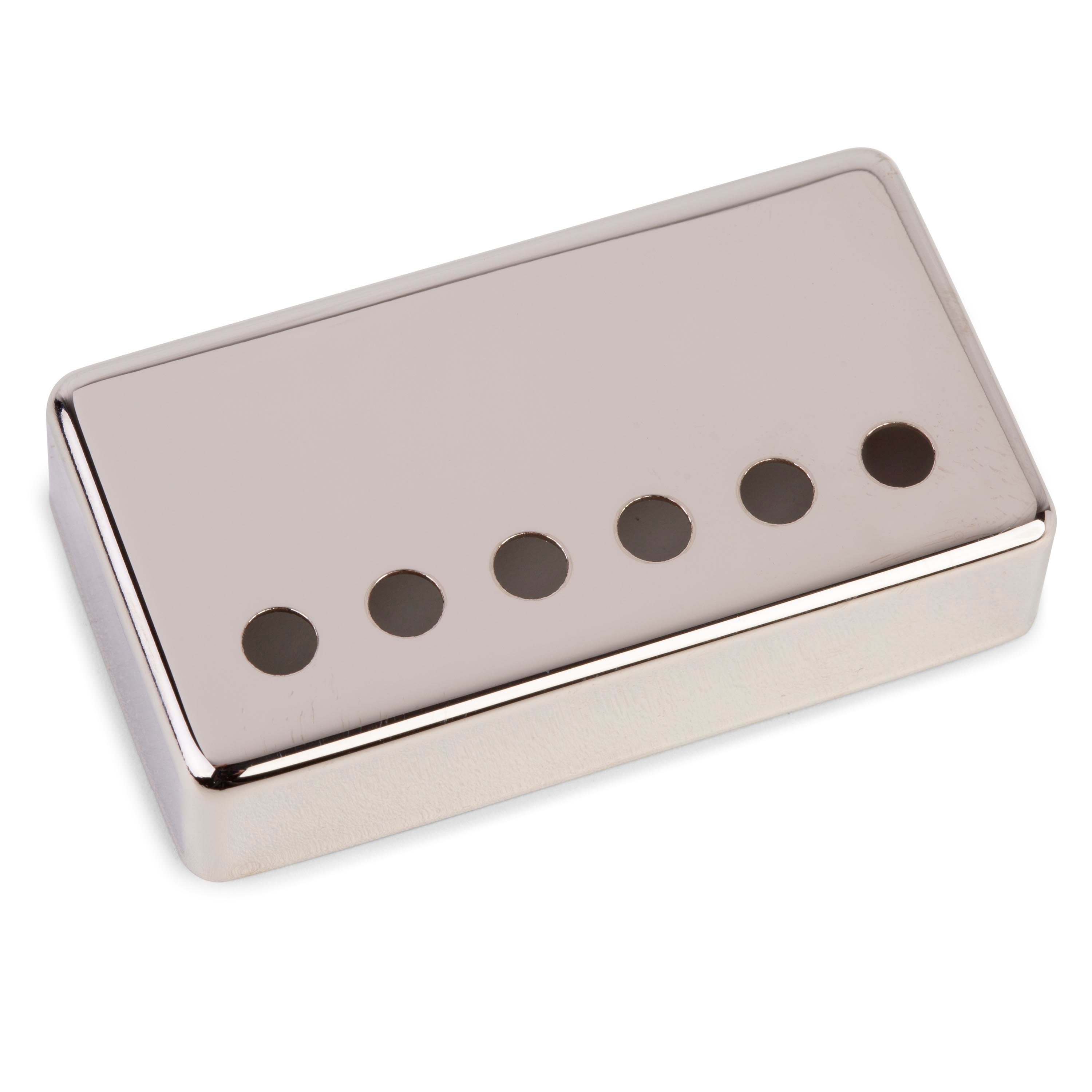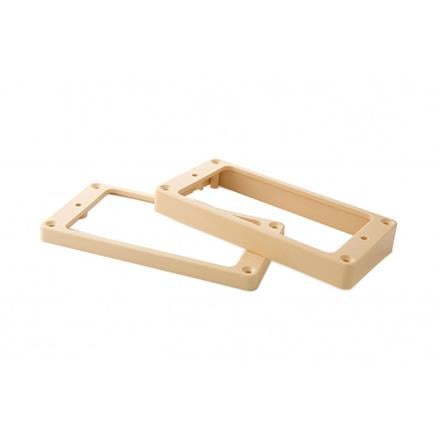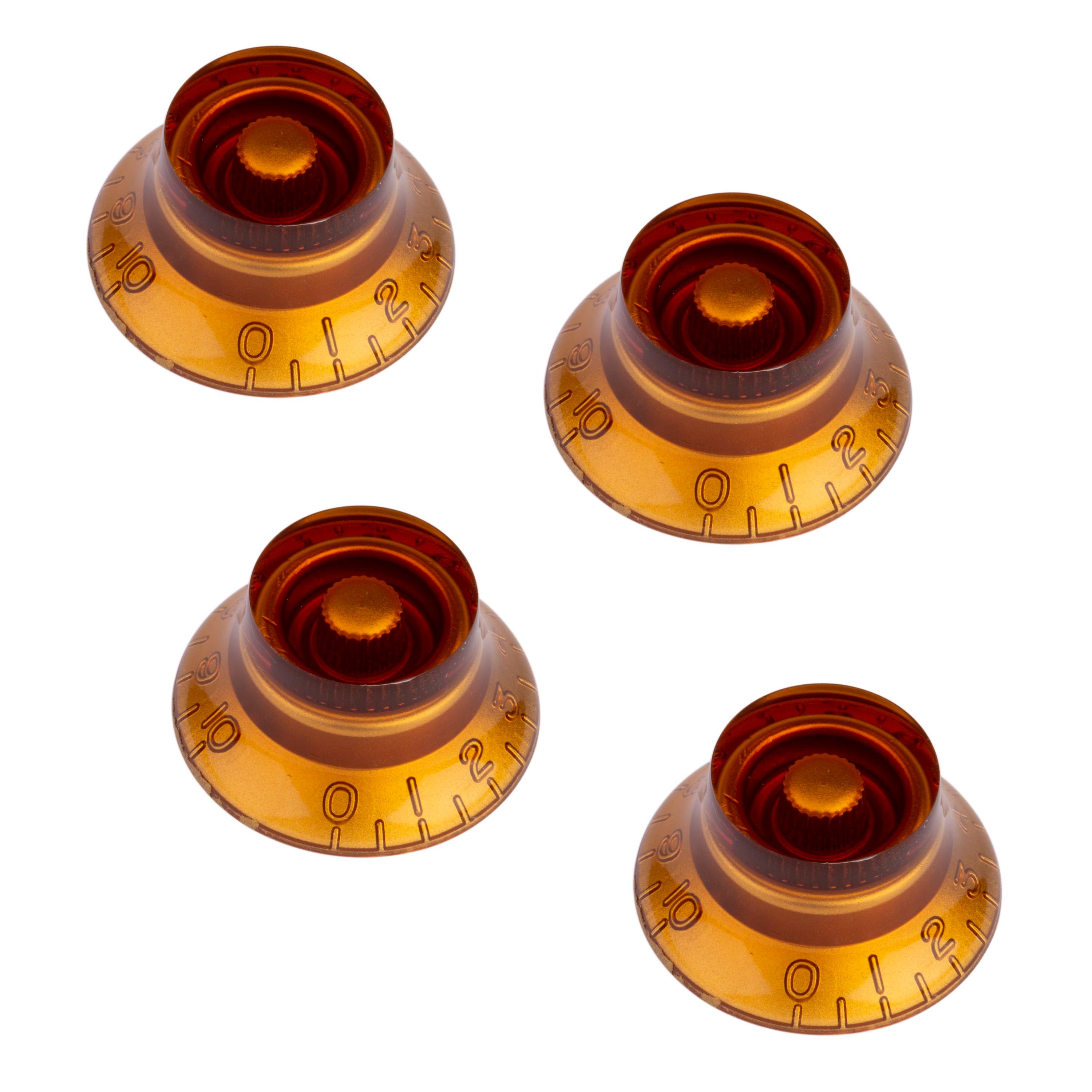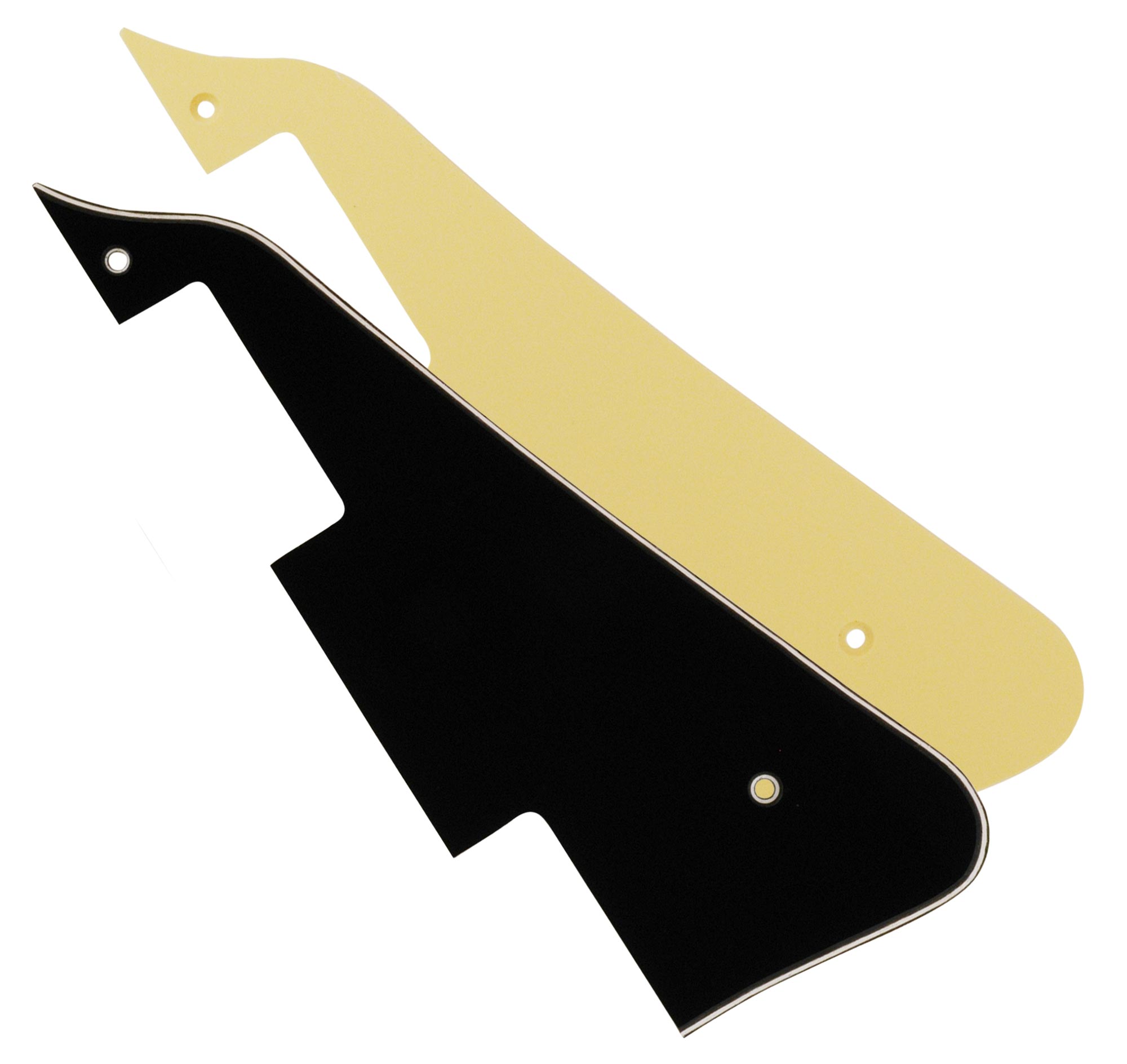Dan's 58 Gibson is Back After 50 Years!
After selling his beloved 1958 Gibson 335 for $225 over 50 years ago, Dan is reunited with his favorite old guitar—although it will need some TLC to get back to playing great again!
Video Transcription
[on-screen text reads: StewMac]
Retrieving Dan's 1958 Gibson ES 335
Dan Erlewine: Back in 1966 when I was playing in the Prime Movers Blues band back in Ann Arbor, I owned a 1958 Tobacco Sunburst Gibson ES 335 [a picture is shown of Dan holding his Gibson 335 in the early sixties], and I loved it. And that was the first year they introduced the 335, and they only made 999 of them, and I had one. It was a fat, beautiful, sweet sounding guitar, and it sounded like BB King's. That was my idol and still is really. And BB King on the cover of his famous album, Live At The Regal, played a guitar that looked just like mine. And that's one reason I loved it. Well, at that moment in time, I was a little hard for cash being a struggling blues musician. My buddy Al that lived across the street, I gave him guitar lessons and we were pals. I asked him if he wanted to buy it for $225 bucks, and he did, but said, "If I ever sell this, I'll sell it back to you for the $225."
Well, that never happened, but over the years we'd talk on the phone when I moved away and we'd both laugh about it. "Hey Al, you ready to sell it?" And he'd go, "Not yet, but I'll let you know when I am." Well, I'm sad to say that Al passed away a month ago. I heard about it from his friend Jerry that's known him as long as I have who's executing the will. And apparently Al had quite a collection of guitars and Jerry said, "Dan, in his will he left you your pick of any guitar in the collection." So there's only one guitar that I would've wanted if Al still has it, it's that 335 Sunburst. It turned out that Al had about 34 guitars and it took weeks for Jerry to unpack all of those from a crowded room in the basement, and he'd call me every three or four days and send some more pictures, Fenders, Carvins, all kinds of guitars, but no 335.
So I really had about given up when Jerry called and said, "Found it. They found it." And I was just, oh boy. And he sent me a photo of it [a photo of the 1958 Tobacco Sunburst Gibson ES 335 laying on the floor is shown] and that was it. It was the last guitar that came out of the pile. It had been close to water on the floor. The case had molded, but it didn't hurt the guitar at all, and I just freaked out and as quick as I could, I drove up to Ann Arbor and got it. So folks, hold your breath. Here she is [Dan places the guitar case on the workbench]. I found a case for it because the other one was broken and I got this online. It's the 1958 case from a 335. There she is, my baby. The first time I laid eyes on this, I could see that Al had modified it quite a bit. He was deep into electronics and not afraid to do something like that. I do have pictures of what it looked like before I took the parts off.
Diagnosing the modifications that were made
First I saw that he took the covers off the humbuckers, these beautiful rare PAFs from 1958. These are precious, now they're dirty. That was a popular thing back in the end of the '60s and the '70s. I think it came from the British players. You undsoldered the covers and took them off because you got a different sound out of your pickups, maybe more treble. It was pretty popular. I never did it to my own guitars. This one has a coil cut switch, which means they went inside the humbucker, split the coils and put a switch on it. The reason people want to cut coils is to get a single coil sound. It's not like a humbucker anymore. It's a thinner sound, personally, not a sound I like. And that's the switch for the coil cut with the amber knob. That knob was on the original toggle switch, and I'll put it on this one.
And here's one that really got me. He moved the pickup selector switch over here and drilled a new hole for it. That to me would be a no-no. And because he drilled this hole and put the switch there, he had to go out and find a later pickguard than would've been on this guitar. This is what's called the short guard from the '60s. This original pickguard would've been the long guard. Here's the long guard off another model from the '50s, and it almost covers that hole. That's where your input jack would be. But he took it and put it over here where the bridge tone would be, left that hole empty. And then he left this hole empty too. That used to be the neck tone control.
He put a master volume over here for the whole guitar that originally was the volume control for just the bridge pickup. And if that wasn't enough, right here where the neck pickup volume control went, he put a Varitone switch with a chicken head knob. The Varitone is a mode switch or rotary switch. It has six different modes, 1, 2, 3, 4, 5, 6 [Dan turns the switch through each of the settings]. Each is a different sound, but people really didn't like that much and it pretty much got discontinued. This is the choker inductor that powers that Varitone. It goes in the bottom of the pickup cavity, and I got a hold of it with a magnet [Dan lowers a StewMac Guitar Repair Magnet into the hole and it grabs the choker inductor]. They had to route a giant hole in here so they could put this and that through here to get to there. And that wasn't easy. Wasn't easy for me to get it out. Why Al did these crazy mods, I'm not sure, but I think what Al was trying to do with this 335 was sort of turn it into a 345, which is a similar model that had the Varitone and it had the choke and it had a stereo output jack.
And what makes me think that even more is that instead of the normal truss rod cover, he has a Gibson stereo truss rod cover. Hey, where's my old truss rod cover, Al? Well, the semi-hollow body guitar is even more hollow now that we got all this stuff out of it. That's a lot of hardware to stuff through a hole into a guitar [a picture of a pile of all the hardware Dan removed from the guitar is shown].
Planning for the repairs
I'm ready to work. In fact, I've already started on this and the place I started was in this bridge pickup cavity because they got down in there with the drill and a router and made a horrible mess. My goal was to flatten the irregular depth of the hole and fashion a plug to fill in the depth and create a shape like the original.
Even though I don't know exactly how I'm going to repair this hole from this point on, one method will be to glue a block flat on the bottom in order to glue this block in at the right height. Any of the seamed lines around there will be filled with a filler and I'll paint that yellow too. And I've gone ahead and ordered in some supplies for the wiring job, namely two bumblebee caps that I got online. They're the same rating, the same construction, a little bit bigger I think as the originals. And I have a drawer full of 500K pots. Speaking of wiring, since this is such an important job to me, I've asked the best wiring man I know, Gene Imbody. Come on, Gene [Gene enters the room]. Gene and I have worked on guitars for 30 years. He works at StewMac and he's going to do the honors here, the whole deal.
Gene Imbody: Thanks man. I really appreciate you bringing me in on this. Vintage Gibson's are my favorite. I love guitars like this, and I love jobs like this. So we're going to do our best to rewire this and make it look as close to how Gibson would've done it originally as we can. We'll pull apart that PAF and pull the coil cut wire out, put a new lead wire on it. I've aged some covers that I think are going to look great on this.
[Gene and Dan set the covers down into the guitar]
Dan Erlewine: God.
Gene Imbody: Yeah, those came out really well.
Dan Erlewine: Oh boy.
Gene Imbody: We'll get those installed.
Dan Erlewine: I got some bumblebees for you.
Gene Imbody: Oh, cool. I haven't tried these out yet. They look awesome. They look pretty convincing. Not exact, but I'm anxious to hear how these sound.
Dan Erlewine: Me too.
Gene Imbody: Yeah.
Dan Erlewine: Well, I guess that wraps us up for part one of the video because there's a part two. You're going to get to see Gene do all the wiring work. There's a piece of loose binding here all the way down that I've got a clean rubber cement off and re-glue that. We've got to get a Tune-o-matic bridge and Gene will probably age it. And that big hole, what am I going to do about that?
Gene Imbody: Yeah, what are you going to do about that?
Dan Erlewine: Well, someday I may want to take a chisel and clean it out and put wood in it with a matching grain, spray it yellow. But I'm thinking that for now, imagine the knurled ring on a toggle switch. So imagine if that was a thin toggle switch ring and it had a pearl inlay in the center, a dome piece of pearl. I say that because once I sold my 59' Barney Kessel to a left-handed player, he took it to Gibson and they put holes here and they plugged all these holes with pearl dots and it looked kind of cool.
Gene Imbody: I think that's a great idea, Dan. I think I've actually seen some things like that before. I'm excited to get started on this. Thanks again for inviting me in.
Dan Erlewine: You're most welcome.
Gene Imbody: Trusting me with all of this. I love it.
Dan Erlewine: I trust him.
Gene Imbody: We'll get this taken care of. We'll get it playing again. This guitar's going to sound awesome. So stay tuned.
[slow blues music plays]




